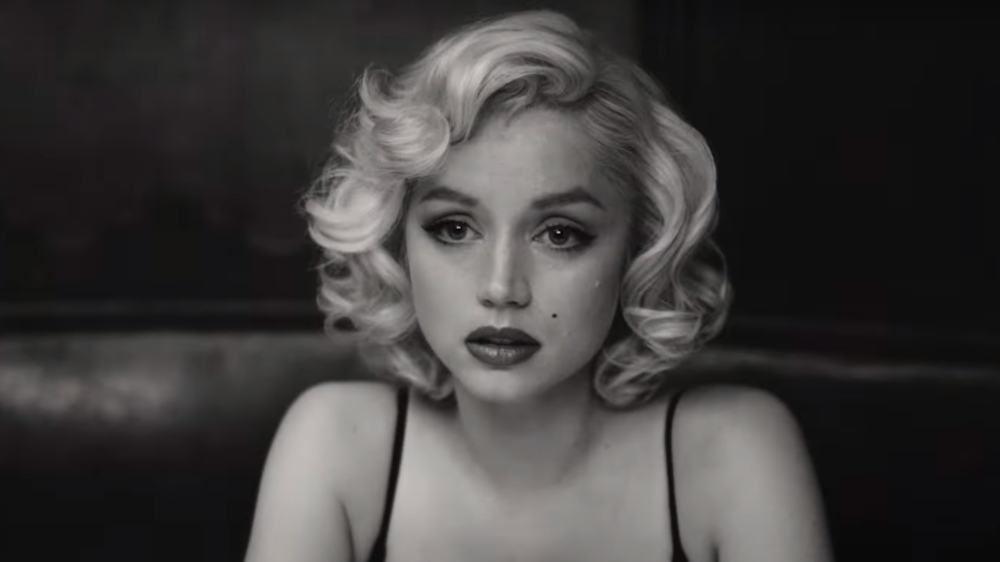
Over the past few months, much has been made of Blonde, the Netflix movie about Marilyn Monroe that marks Andrew Dominik‘s first film in a decade. It’s up for debate whether the three-hour film lived up to the hype, but there’s no denying its remarkable artistry.
Ana de Armas stars as Marilyn Monroe, and the film spans the majority of the Hollywood icon’s life, from the 1920s to the 1960s. With the help of the team at Temprimental VFX, Blonde was able to recreate some historic moments in time and transport audiences to a whole different world in an effort to further immerse the audience in the world of the film.
Below the Line recently spoke with Temprimental VFX President Raoul Bolognini and VFX Supervisor Phillip Moses about recreating some of Monroe’s classic films, why they were prepared for the challenges of remote work, and the precision required to work with a filmmaker like Dominik.
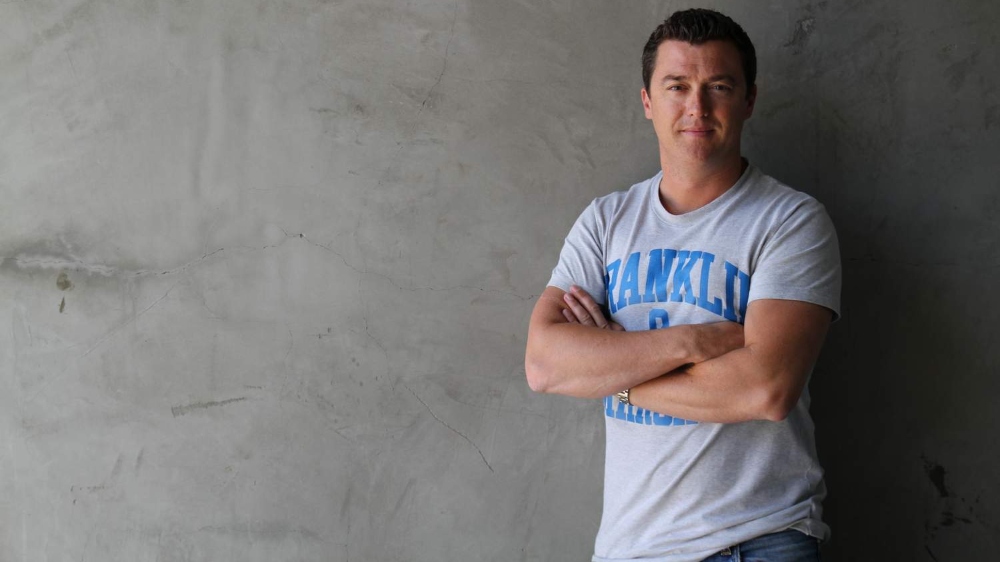
Below the Line: I know that you’re the president of Temprimental VFX, but how did that journey start for you?
Raoul Bolognini: How long have you got? [laughs] So I’m from London, my background was in production — I was an assistant director at the BBC for many years — and I happened to know some people out here in the States [who] were starting a visual effects company and they were embarking on a new drama series with Joss Whedon called Firefly, [so] they asked me to join the team as the VFX coordinator on the show.
That really started my career in Visual Effects. The company was called Zoic Studios [and] I was there for 10 years, heading up their feature film division as Executive Producer. As those 10 years came to an end, I then decided it was time to break out on my own, start my own company, [and] do things a little bit differently. I always had this idea of the visual effects workflow becoming something that would be more and more remote as technology advanced. And here we are, post-pandemic, finding ourselves in a completely remote world.
Luckily for us, as a company, [the shift to remote work] has played to our strengths and it’s seen us getting busier and busier and more successful just because of the nature in which we execute and handle visual effects work. And that idea was really the inception of Temprimental VFX, and that’s what we are, and we will continue to head in that direction.
Blonde was one of those special projects that came along and landed on our laps, and it was a complete blessing and an honor to be a part of and work on. You don’t get many calls asking if you want to [work] on the next Andrew Dominik movie, so we grabbed it with both hands.
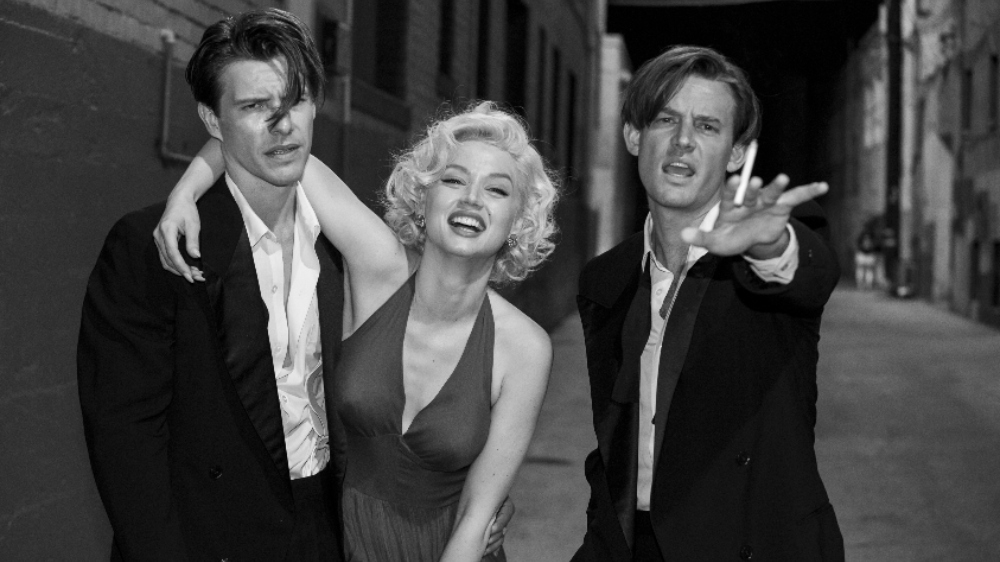
BTL: How does the process of securing projects work?
Bolognini: Well, a lot of it comes from contacts that I’ve made within the industry over the last 30 years. I’ve been working in visual effects for 20 years now, so it’s a lot of producer contacts, studio contacts, and directors that we’ve known and worked with over the years. It just depends who approaches us at the time, and sometimes we get cold calls, which is always nice because it means our name is getting out there in the marketplace! Contacts and sales [are] everything to a company’s survival.
BTL: When did your company get involved with Blonde?
Bolognini: I came onto [Blonde] from a very early stage, but not the start when Andrew [first] wanted to make this project. Don’t forget, it has [been] 10 years in the making. But we certainly came on a good year before the cameras rolled. Often there are other movies that we [join] right when production’s getting started, and then there are plenty of movies that we get brought into when the film is in post-production. Sometimes a film gets into trouble and they need help, or it just gets too big and they need to bring in other vendors. Sometimes there are other vendors that can’t do the work anymore and so we get brought in as a company to take that over and manage the process of finishing the visual effects.
BTL: You also talked about the work-from-home dynamic. Was all the VFX work for Blonde done remotely?
Bolognini: It was mostly done remotely because we started post[-production] pre-pandemic and finished it after the pandemic. However, luckily for us, we were already set up as a remote visual effects-based company, so most of our artists and VFX partner companies were also set up that way and able to continue the workflow and finish delivering the movie.
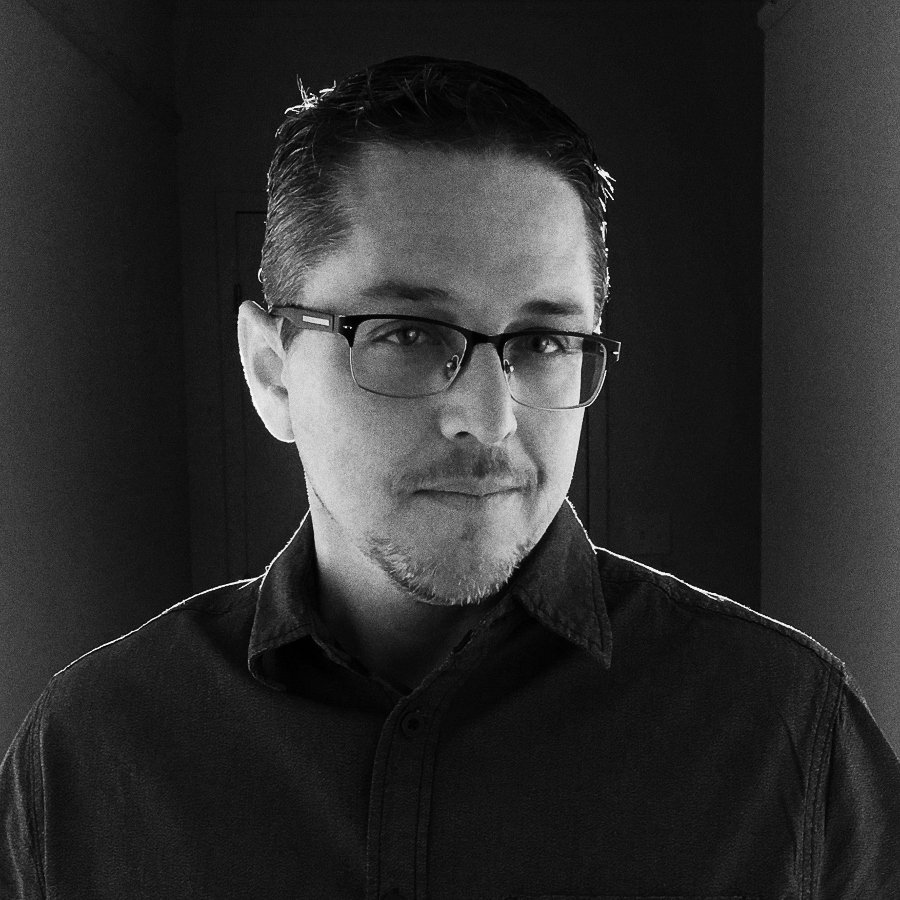
BTL: Since you are all working from home, is it ever hard given that you’re not in an office space and you have to share files digitally?
Bolognini: The remote workflow is something that we’ve been doing for a while now. If anything, it’s just that little bit harder with communication because you don’t have people sitting next to you in an office, so you have many more Zoom calls than you usually would, but we also have our head office in Los Angeles, so two days per week, the team meets there so we don’t fully lose that human connection [you get] when you’re physically together.
Phillip Moses: Yes, it certainly is hard. One of the things that Raoul and I try to do is we often are working with constraints, but more importantly, we’re trying to cast the right team for the particular work. And this film certainly had a certain number of that, but on a movie like this, where the specific look is so important, it was very important to hire the right teams.
And so it was remote sort of as a necessity of the workflow and the business model, but it was also the right thing to do — to bring certain people on from around the world. You know, Andrew [Dominik] wanted to work with a guy [who] he’d worked with before on a documentary out of London. He was new to us and Sam — [that] was his name — was great.
Again, it’s like you’re managing everybody’s schedule at that point, trying to coordinate times where you can be awake to talk to them and sometimes communicate very lofty visionary goals that may not be super tangible, like, “Hey, remove this or paint this out,” [and those] sorts of things. It’s trying to communicate across time zones and sometimes across slight language difficulties. So it is a challenge, and communication is the key.
Working with Temprimental gave me an appreciation for just how wide the company casts its net to find the right talent for the films they do, and I help to supervise.
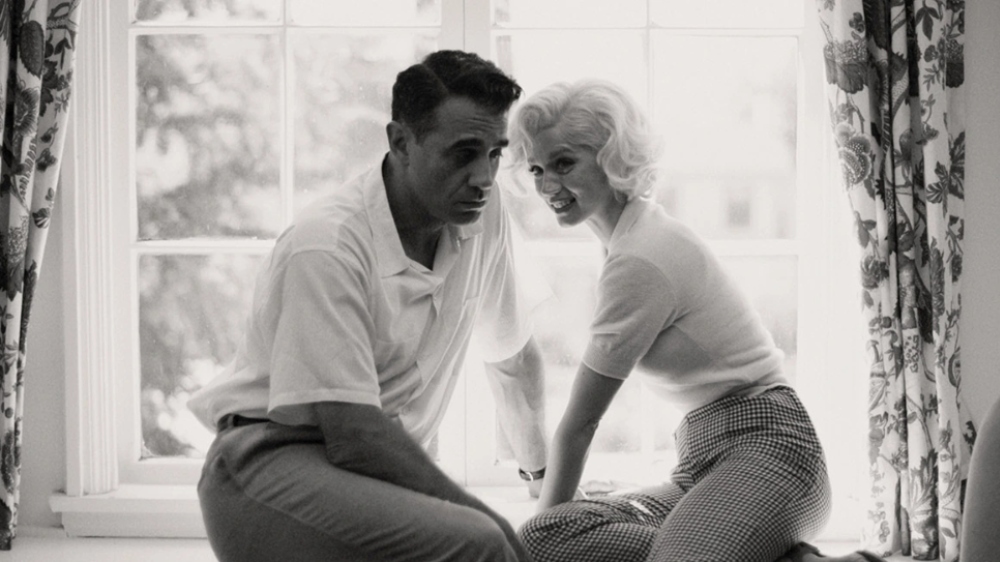
BTL: Before we get deeper into Blonde, what does the working relationship between the two of you look like?
Moses: Raoul and I talk way too much. [laughs]
Bolognini: Probably more so than we talk to our wives. [laughs]
Moses: Raoul and I have been working together for years, and what is nice with Raoul is our relationship has grown where we can kinda get to a certain shorthand with each other that kinda helps [because] we’re not having to explain absolutely everything. I know that if I’m saying, ‘Hey, Raoul, I need you to manage these couple of sequences with these vendors, can you take care of that?’ We can then talk about it at a very high level while he’s managing a lot of the smaller minutia. Hopefully, he would say the same with me [laughs], but yeah, our communication is usually like this. We’re on Zoom calls or telephone calls or texting each other all the time, and Raoul’s all over the world half the time so I never know when my phone’s gonna ring with this guy [smiles].
Bolognini: … Says the man [who’s] been in North Carolina, Tennessee, Los Angeles, and [elsewhere] in the space of a few weeks! [laughs] It’s really everything Phillip said. I mean, it’s hugely important for [the] producing-supervising team to be working very closely together. Each one supports the other in the role that they do. So yes, a lot of direct communication, and I’m very old-school when it comes to communication; I like picking up the phone every two seconds [while] some people prefer responding to emails, texts, or now, as I am having to learn… Slack?
BTL: Do either of you know offhand how many VFX shots there are in Blonde?
Bolognini: We had about 300 shots in the film. The main VFX work was transforming Los Angeles back to the 1950s, but we also had a lot of invisible effects to remove modern-day things like lamp posts, signs, etc. Then we had the creative shots as seen through Marilyn’s eyes, especially as her health deteriorated.
Moses: I mean, it’s hard to say because [of] those clean-up things with Andrew. There’s a sequence where Norma Jean (Ana de Armas) and her mom are in a car having a conversation. It’s a very intense conversation, driving up a hill [surrounded by] fire, and many of those fire shots are visual effect shots, and others you would think are not because they’re just sort of closeups, and yet we’re adding fire embers flying through the screen that, on many other shows, is just like, “Hey, put some fire embers in there just for atmosphere,” but Andrew was very specific with these things and almost art directing each one.
So on a normal show, I would say it would be safe to say that maybe out of 300 shots, we had 50 tentpole shots and 250 clean-up. But I would say of those 250 clean-up [shots], another 100 of those were highly scrutinized to a level of detail and art direction that one wouldn’t normally encounter.
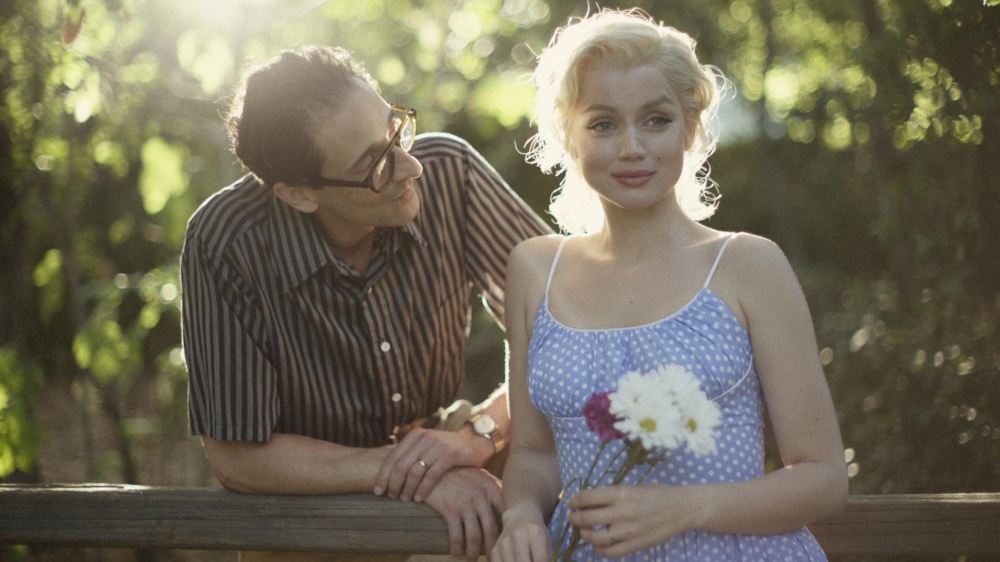
BTL: I don’t know if you remember, but when Adrien Brody’s playwright character is introduced in the film, it starts on a shot of New York that looks like a movie from the ’70s, and then all of a sudden, we cut over to a close-up of him. Was this accomplished with visual effects, or was that old footage?
Moses: The answer to your question is “yes.” It’s actually very interesting that you kinda look at that and have that question because that particular shot was a little sequence, and the first wide shot where we’re seeing old downtown New York City was a piece of stock footage [that] we then matched the camera and the lens and the lighting to Adrien walking down the street in Long Beach, California and composed him in there. And then we built out a small little matte painting of a building for the insert shots looking up at him to sort of tie us into that whole sequence together.
And I think it works really well because the film is shifting perspective of camera formats, lens formats, sometimes black-and-white, sometimes technical, or all of these different visual experiences that you’re getting so that when you encounter that, you, the viewer, are just like, “What did I just see? Was that real?”
BTL: The film also features quite a few sequences where it recreates old Marilyn Monroe films. How were those done? Was Ana de Armas just being digitally placed into old footage?
Moses: Those were 97 percent recreations by the art department. You know, all the photo shoots, all the magazine covers, all of the shots inside these different movies were little mini sets that were built. We might do a little bit of touch-up or clean-up or extension. I’m trying to think, there was one shot from Some Like It Hot where we put Ana de Armas into footage with the original actor. However, it wasn’t as simple as a “Forrest Gump shot” where we’re putting Ana de Armas into that shot.
What we did [was], we recreated the entire scene with the art department and shot it as if it was ours because, at the time, we didn’t know if we would have the rights to that film and so we had to do the whole thing as if it was like a picture-perfect match to the original film. And then when we got the clearance for that, what we did was a head replacement from the original film onto our film. So we basically brought the old legacy actor from that film into ours.
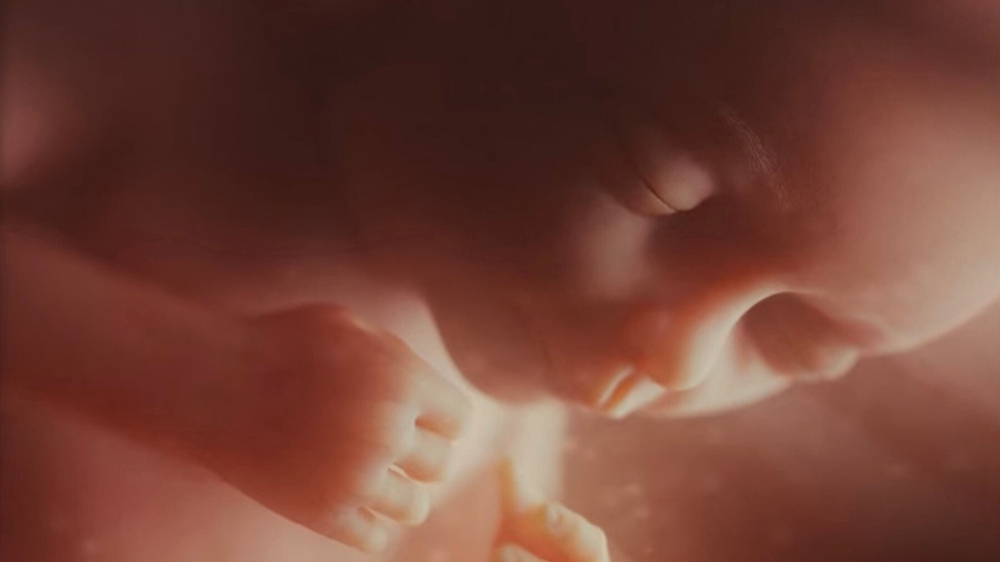
BTL: Do either of you have a favorite shot in Blonde, or perhaps a sequence in the film that you’re most proud of?
Bolognini: Whilst Phillip’s thinking, I’ll kick off with one. Mine really is the drive down Hollywood Boulevard. I think it’s so iconic. I remember the day when Philip called me from downtown San Pedro and said, ‘You’re not gonna believe what we have to do here,’ and I didn’t quite believe it either, because it was the trailer shot for the movie. Downtown San Pedro became Hollywood Boulevard in the 1950s. It’s such a great shot.
Things like this have been done in the past on a much bigger scale, but you have to understand [that] this movie was put together on a more micro-budget scale, and that included the visual effects. So to pull off what we did with Phillip’s supervision and the artists we had was something that made me immensely proud because there are sequences in other films that would have cost millions of dollars to do what we did — and we certainly didn’t have that money — so for those reasons, that [sequence] always puts a big smile on my face.
Moses: I think that one tops my list as well. I think second to that would be the giant Marilyn that Adrien sort of encounters when he comes out of the theater and he sees this giant poster where she is so much larger than him and that’s such a pivotal moment for that relationship.
I mean, it is so hard to pin down because those are sort of, like, what you would call “tentpole” things, and yet we also had all of these things that Andrew wanted where we had these disfiguring background characters and all these deeply unsettling things that are evocative of Marilyn’s state of mind and how she’s perceiving her reality.
And then that early scene, that horrifying scene with Norma Jean and her mother and all of that fire. [laughs] It may not read as the most iconically impressive moment in the film, but what it took to accomplish that from [the] practical effects [standpoint], from a shooting [standpoint], from the performances of the actors on that night in Griffith Park and [we] were not allowed to light a single flame. Those were all LED bars and practical smoke machines — I don’t know how many effects artists — the wind blowing the wrong way as Andrew is saying, “More smoke!” [laughs] and he’s wanting the smoke to go this way as the wind’s blowing that way. And digitally having to go in and add the fire and having to do a pass of almost all of those plates within three weeks so that it could be projected on an LED so that we can get that fire reaction for some of these close-up shots… it was just such a logistical, creative, technical fiasco that, ultimately, all comes together very beautifully.
So I’m not answering your question; I’m talking at length about one of the key components to all of the shots that I really credit to Andrew and to the visual effects team — the importance of just grounding everything in a sense of reality. And playing with the light in the lenses is so important to that.
We were projecting all of those recreated scenes into the theater to get the right lighting on the crowd and then going in and recomp it and redoing a bunch of effects after that. So we did a whole bunch of visual effects during production where we would have, like, 10 days or less — and sometimes three [days] — to turn stuff around, but it all just grounds it. And it was all also for Ana so that she could see herself on this big screen as Marilyn and react.
I’m so proud of each of these little things. They’ve changed the way I shoot interior theaters, they’ve changed the way I shoot a lot of things with other directors, so, I mean, that’s what I’m the proudest of — the whole body of work — because they’re all just so grounded in a sense of permanence and reality to what the camera was experiencing and what the actors were experiencing.
Blonde is now streaming on Netflix.





